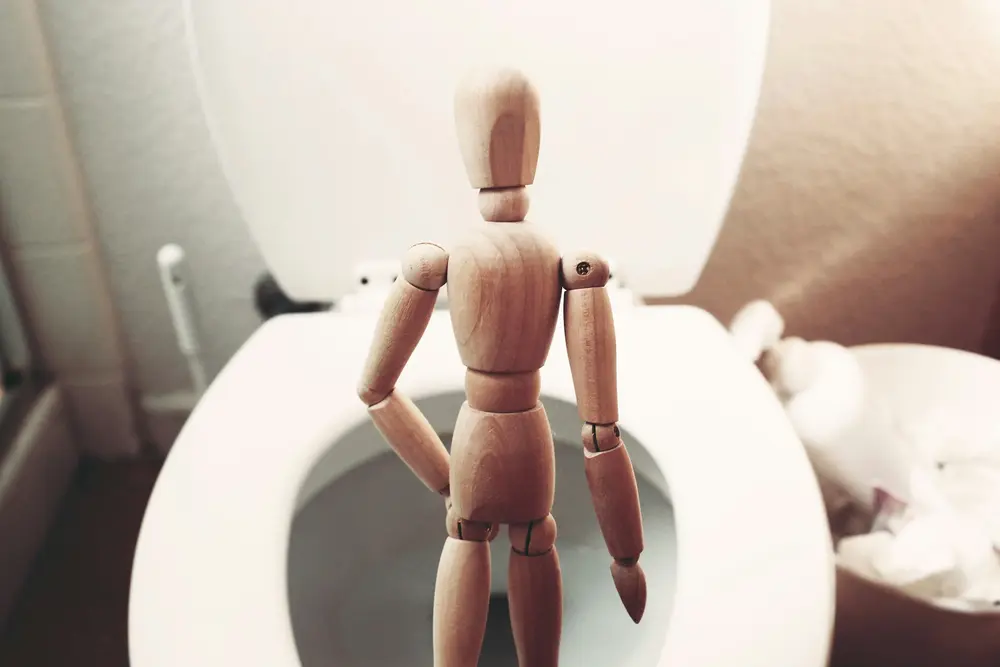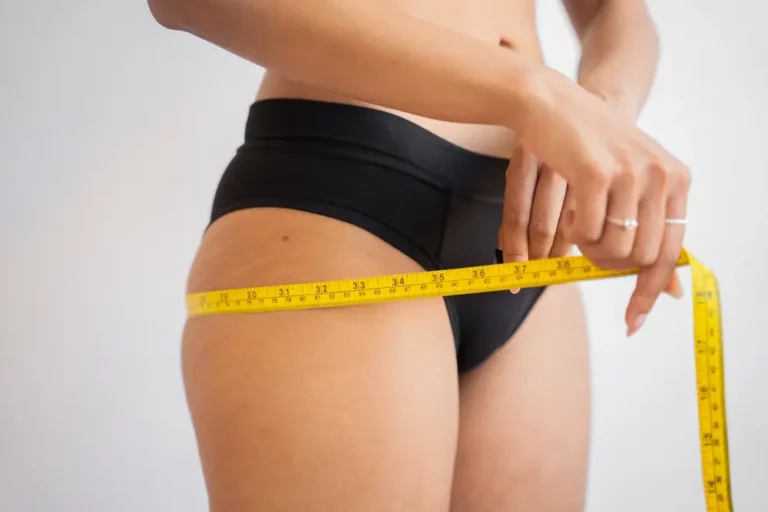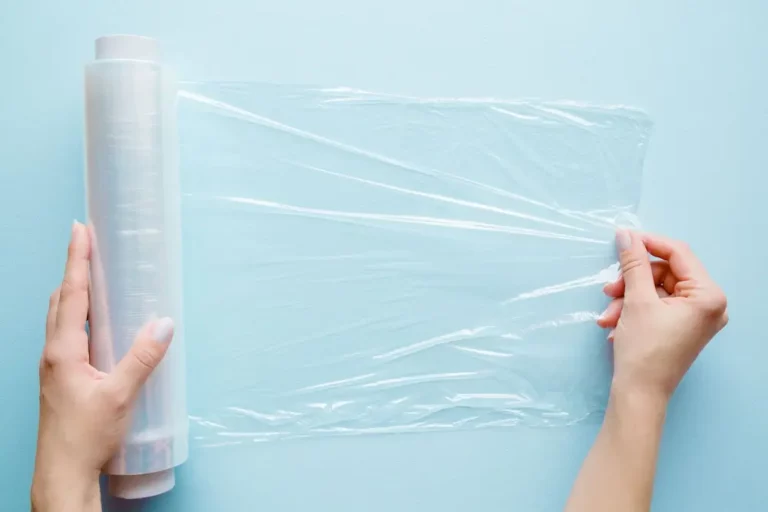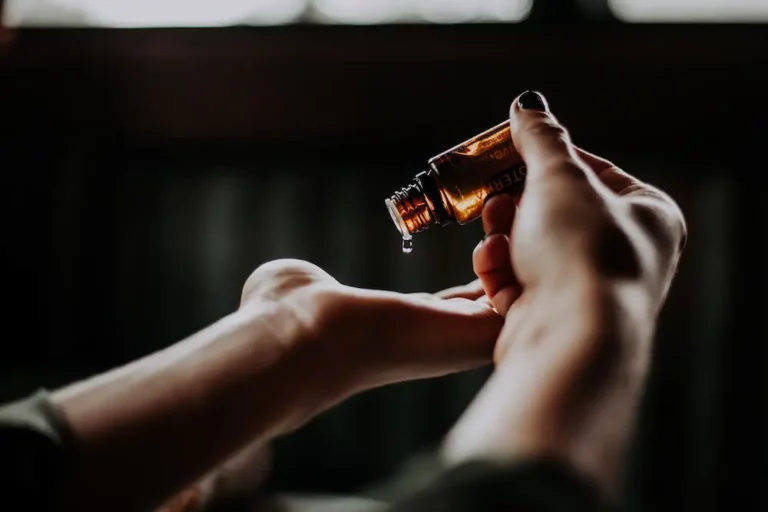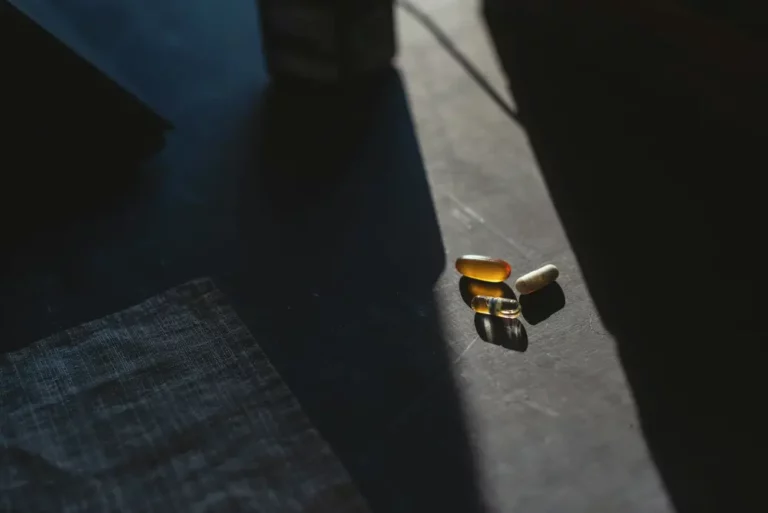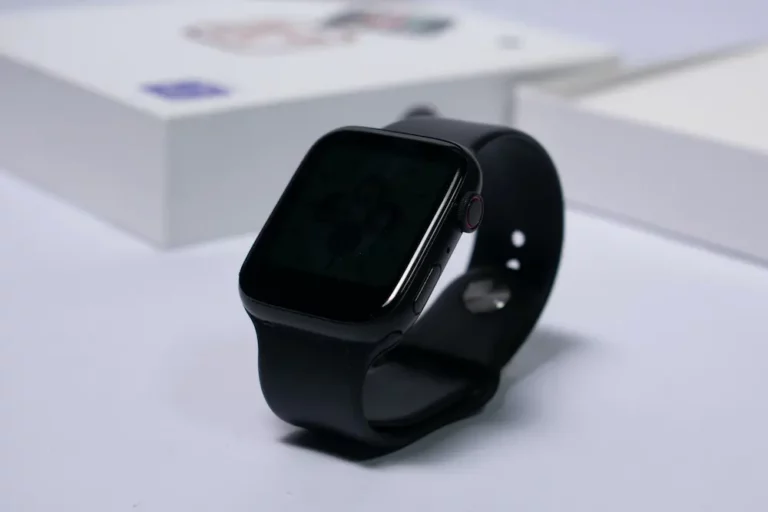Why Is My Pee Highlighter Yellow? Causes & Hydration Tips
Ever found yourself doing a double-take at the toilet bowl because your pee’s as bright as a neon sign? Yeah, me too. It’s one of those moments where you can’t help but wonder, “Why’s my pee looking like it’s ready to glow in the dark?”
Turns out, there’s a pretty straightforward explanation behind this highlighter-hued mystery, and it’s all about what we’re putting into our bodies. From the vitamins we pop in the morning to the water we chug all day, everything plays a part. So, let’s dive into the colorful world of urine and find out what’s really going on.
The Mystery Behind Highlighter-Yellow Urine
Sometimes, when I glance back into the toilet bowl, I’m met with a surprise – urine that’s as bright yellow as a neon marker. It’s startling, yes, but it’s also a fascinating window into what’s happening within my body. Let’s dive into the reasons behind this vibrant phenomenon and what it could mean for our health.
When my pee takes on that highlighter-yellow hue, it’s signaling something important. Your urine color is a direct reflection of your hydration levels and what you’ve been consuming. Normally, urine ranges from pale yellow to deep amber, depending on the balance of water and chemicals in your body. Bright yellow urine, on the other hand, often points to an excess of certain vitamins or a lack of hydration.
Interestingly, not all vitamin excesses will color your urine so vividly. It’s B vitamins and beta carotene that are the usual culprits, transforming my otherwise unremarkable pee into a neon spectacle. These vitamins are water-soluble, meaning they dissolve in water, and any excess gets flushed out through the urine. Therefore, the more of these vitamins I consume, either through diet or supplements, the brighter yellow my urine can become.
The Causes of Bright Yellow Urine
The Hydration Equation
When I think about the changes in my urine color, hydration, or rather, the lack of it, often comes to mind. It’s fascinating how our bodies work to maintain a delicate balance of fluids and electrolytes. Dehydration tends to concentrate our urine, leading to a darker shade, sometimes even amber-colored. But what about when my urine turns a vivid highlighter yellow? Well, that brings us to the less discussed side of the spectrum – overhydration, or the consumption of specific substances that significantly alter the urine’s hue regardless of hydration levels.
Diet’s Role in Your Urine’s Hue
My diet plays a pivotal role in determining the color of my urine. Foods rich in beta-carotene, such as carrots and sweet potatoes, can tint my urine orange, whereas asparagus might give it a distinctive green hue. However, it’s the intake of certain vitamins, particularly some B-vitamins like B2 (riboflavin) and B12, that can turn my urine an electrifying shade of yellow. These vitamins are water-soluble, meaning any excess not needed by my body is excreted through my urine, carrying their bright colors with them.
Medications and Supplements: The Colorful Culprits
The B-Vitamin Effect
It’s clear that B-vitamins, especially riboflavin (B2), are usual suspects in the case of bright yellow urine. Riboflavin’s role is crucial for my body, aiding in the production of energy and red blood cells. However, when I take in more riboflavin than my body requires, the excess is what gives my urine that distinctive neon-yellow color. The fact that this vitamin is included in most multivitamins and even some meal replacement shakes adds another layer of complexity to monitoring my intake.
Other Medications Influencing Urine Color
Besides B vitamins, other medications significantly change my urine color. Certain antibiotics and laxatives, as well as medications for treating urinary tract infections, could turn my urine into various shades of orange, blue, or even green. Recognizing these potential changes is crucial for not mistaking them for signs of a health issue.
The Exercise Factor
It’s not just what I consume that affects my urine color; how much I move my body does too. Intense or prolonged physical activity without adequate hydration leads to a concentration of my urine, which can contribute to it taking on a brighter yellow shade. This is a reminder of the importance of drinking plenty of water, particularly around my workout sessions, to help maintain a healthy balance.
Riboflavin (Vitamin B2) and Its Bright Yellow Signature
Diving deeper into the specifics, riboflavin, or vitamin B2, stands out for its vibrant yellow color. Discovered in the 1800s and commonly found in the fortification of foods and supplements, its abundance in my daily intake could be the primary reason behind my neon yellow urine. Besides its color-changing properties, riboflavin is vital for my body’s growth, red blood cell production, and energy release from carbohydrates, highlighting the importance of this vitamin beyond its visual impact on my urine.
When Yellow Signals Caution
As we delve deeper into what our urine can tell us about our health, it’s important to understand when a bright yellow color might be cautioning us to pay closer attention. While often a sign of consuming certain vitamins or foods, there are situations where it signals more than just our dietary choices.
Dehydration Red Flags
One of the first things I look out for with unusually bright yellow urine is dehydration. It’s a common issue, especially for those of us leading busy lives and maybe forgetting to drink enough water throughout the day. Dehydration can significantly darken the color of our urine as our body tries to conserve water. This is why I always emphasize the importance of monitoring not just the color but also the frequency of urination. If I’m not going to the bathroom as regularly as usual and my urine is a dark yellow, it’s a clear sign I need to up my water intake. Health guidelines suggest a minimum of two quarts of water each day, but this increases to three or four quarts when actively exercising or during hot weather.
Symptoms That Demand Attention
While a neon yellow hue might catch me off guard, there are other symptoms that can accompany changes in urine color, urging immediate medical consultation. If, alongside the bright yellow color, I experience severe muscle pain, it could be a sign of rhabdomyolysis, especially following heavy exercise. This condition is due to muscle breakdown and can lead to kidney damage if left unchecked. Other warning signs include feeling excessively tired, difficulty in breathing, or any sudden, unexplained changes in urine color, especially if turning darker, like cola or tea. These symptoms can indicate serious underlying health issues that shouldn’t be taken lightly.
Interpreting Urine Colors Beyond Yellow
While my focus here is on bright yellow urine, it’s intriguing to note how a spectrum of colors can narrate the state of our health. Urine that’s light yellow typically suggests good hydration and health. However, when it shifts toward dark yellow or orange, it might indicate not just dehydration but also an excess intake of beta-carotene or vitamin C. This isn’t inherently harmful but worth noting if you’re making dietary changes or consuming supplements. More concerning are colors like pink or red, which could hint at blood in the urine, and blue or green, sometimes caused by certain medications or bacterial infections. It’s these variations and what they signify that truly fascinate me and highlight the importance of staying vigilant about our health through such simple observations.
Indeed, the colors our bodies produce serve as a vivid reminder of the intricate systems at work within us, constantly striving to maintain a delicate balance.
Strategies for Normalizing Urine Color
When I noticed my pee was as bright as a highlighter, I realized it was time to take a closer look at my daily habits. Through my research and personal experience, I’ve gathered some effective strategies to help normalize urine color. Here’s what I’ve found:
Optimal Hydration Practices
Staying well-hydrated is perhaps the most straightforward way to address bright yellow urine. I learned that drinking enough water throughout the day helps dilute the concentration of urobilin, the pigment responsible for urine’s yellow color. Aim for at least 8 glasses of water a day, but remember, needs can vary based on activity levels and climate. I found carrying a reusable water bottle everywhere encouraged me to drink more often.
Dietary Adjustments for a Healthier Hue
Diet plays a crucial role in the color of our urine. Bright yellow urine can often be a sign of excess vitamins, particularly B vitamins and beta carotene, which the body expels in urine. I’ve learned it’s important to review not just food intake but also any supplementary vitamins. To ensure I’m not overdoing it, I now check the recommended dietary allowances and consult with a healthcare provider before starting any new supplement regimen. Foods rich in beta carotene, like carrots and sweet potatoes, are wonderful for health, but moderation is key to avoiding vividly colored pee.
Knowing When to Seek Medical Advice
If adjusting hydration and diet doesn’t resolve the issue, or if I experience other symptoms like pain or unusual smells along with the color change, it’s time to see a doctor. In preparing for the visit, I make notes on my symptoms, diet, water intake, and any supplements or medications. This information helps provide a clear picture of my lifestyle and can lead to a more accurate diagnosis.
Diagnostic Tests to Anticipate
During the consultation, various tests may be recommended to pinpoint the cause of the abnormal urine color. These could include a urinalysis to check for infection, diabetes, or kidney problems. Blood tests might also be suggested to assess overall health and organ function. Understanding these potential tests helped me feel more prepared and less anxious about seeking medical advice.
Wrapping Up the Colorful Journey
Keeping our pee from resembling a neon sign involves a bit more than just chugging water. It’s about striking a balance. Sure, staying hydrated plays a big role in keeping things light, but it’s not the whole picture. I’ve learned that paying attention to what I eat and the supplements I take is equally important. After all, our bodies are pretty clear communicators, and that bright yellow color is a sign to take a closer look at our habits. Let’s remember to enjoy a variety of foods and keep an eye on those vitamins to ensure we’re not just healthy but also not lighting up the bathroom with our vibrant choices. Here’s to a balanced diet and a happy, healthy body!
FAQ – Frequently Asked Questions
Is Drinking Water the Ultimate Solution?
I can’t stress enough the importance of hydration for maintaining not just the health of your urine but your overall well-being. However, it’s worth mentioning that while hydration is key, it’s not a cure-all for every change in urine color. If you’re adequately hydrated and still experiencing bright yellow urine, it might be time to look into other factors, such as diet and supplement intake.
How quickly does vitamin consumption affect urine color?
The effect of vitamin consumption on urine color can be seen within a few hours after intake, depending on your hydration level and how quickly your body processes the vitamins.
Is it possible to prevent bright yellow urine?
To prevent bright yellow urine, ensure you’re adequately hydrated and consider adjusting your intake of vitamin supplements or foods high in B vitamins if necessary.

